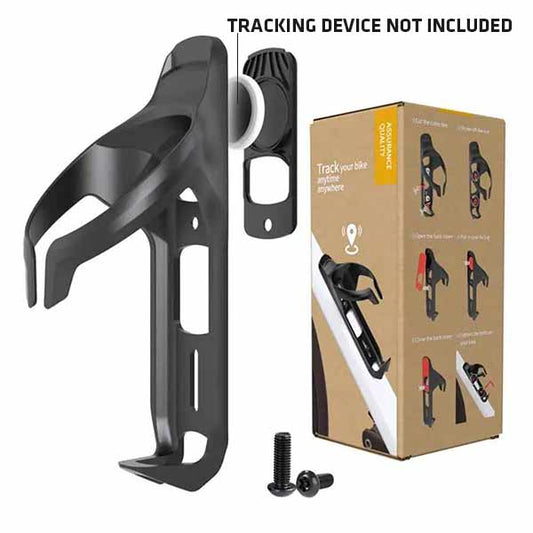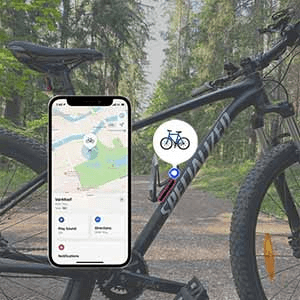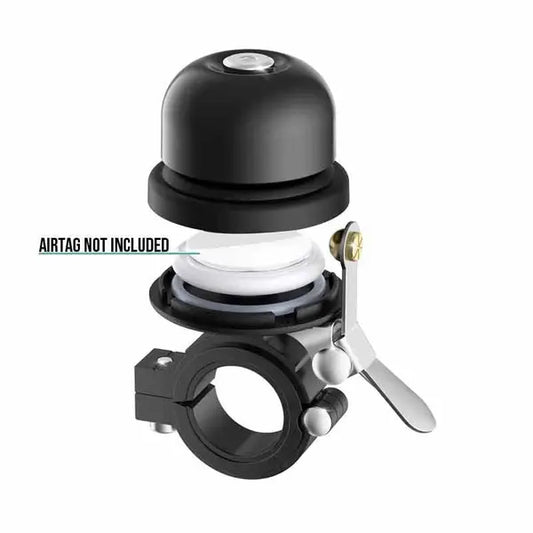Cycling: Ultimate Guide to Health Benefits, Tips & Getting Started
Cycling is more than just a childhood pastime—it's a powerful way to boost your health, save money, and reconnect with your community. Whether you're looking for a fun workout, an eco-friendly commute, or a new adventure, this guide covers all you need to get rolling safely and confidently. Before you even start, understanding bike security best practices helps protect your investment as you embark on this rewarding journey.
In this comprehensive guide, you'll discover the numerous health benefits of pedaling, learn essential safety tips, find guidance on selecting your first bicycle, and gain insights on making riding a sustainable part of your lifestyle. From beginners to those returning after years away from two wheels, there's something here for everyone ready to embrace the freedom of the ride.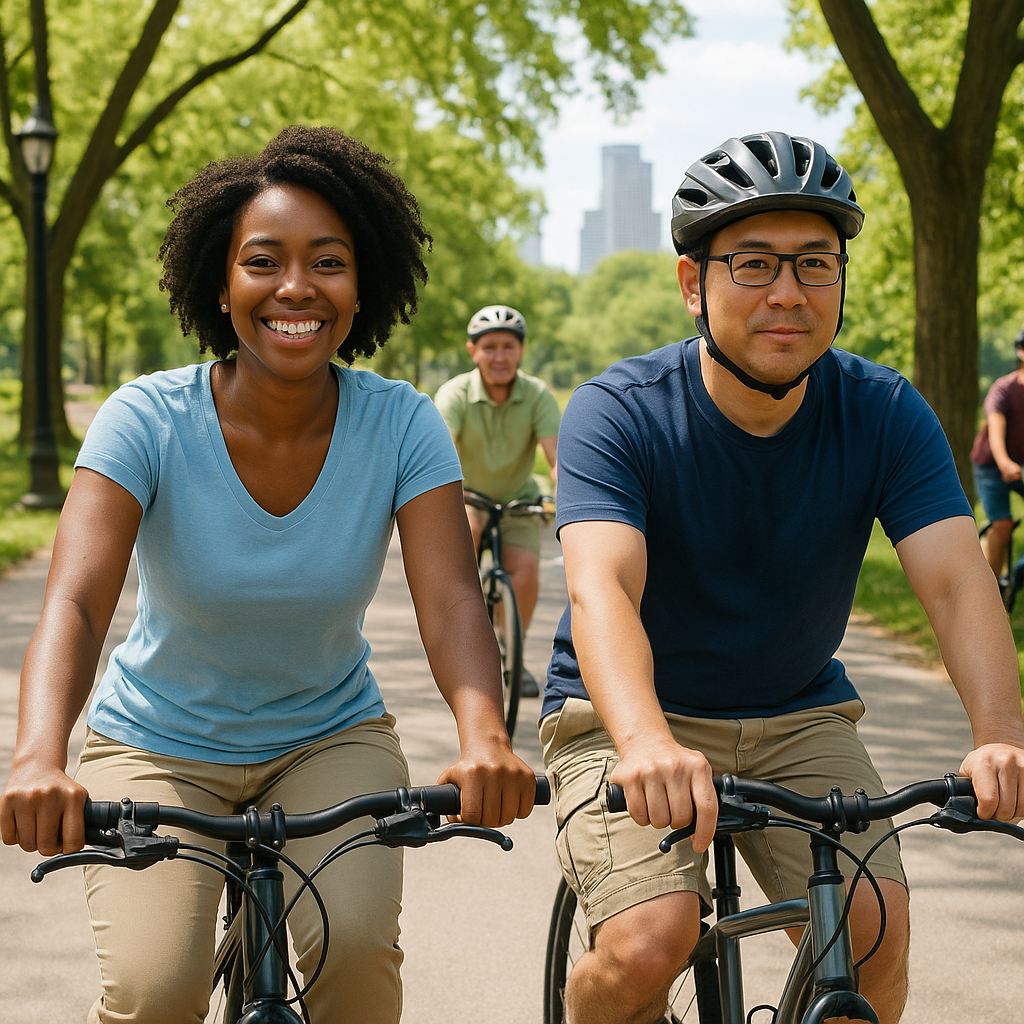
Top 12 benefits of cycling
Riding a bicycle isn't just about getting from point A to point B—it supports physical, mental, social, and environmental health in ways few activities can rival. The versatility of pedaling makes it an ideal exercise for people of all ages and fitness levels.
Weight management & calorie burn
Pedaling at a moderate pace can burn between 400-600 calories per hour, making it an excellent activity for weight management. Unlike high-impact exercises, you can ride for longer durations without excessive strain, maximizing calorie expenditure while building endurance. The beauty lies in its adjustability—increase your intensity for greater calorie burn or maintain a steady pace for longer fat-burning sessions.
Stronger legs & muscle tone
Each pedal stroke engages multiple muscle groups simultaneously. Your quadriceps, hamstrings, and calves receive the most benefit, but your core, glutes, and even upper body muscles activate for balance and support. Regular riders develop well-defined lower body musculature without the bulkiness associated with heavy weightlifting, creating functional strength that serves daily movements.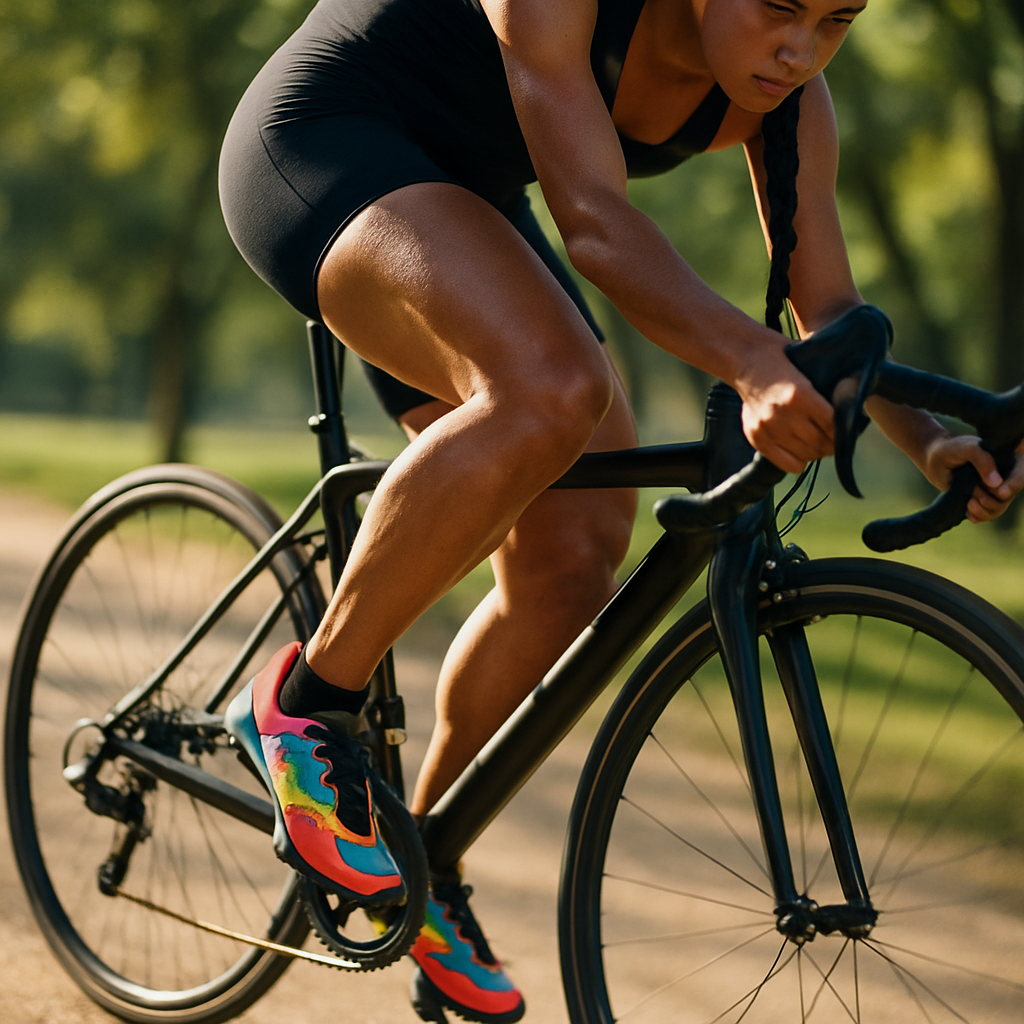
Accessibility for all fitness levels
Few activities offer the same level of adaptability across fitness spectrums. Beginners can start with short, flat rides at a comfortable pace, while experienced athletes challenge themselves with hill climbs and sprints. Those recovering from injuries can often pedal when other exercises prove painful, as the bicycle supports body weight while allowing movement. Seniors particularly benefit from the low-impact nature that maintains mobility without stressing aging joints.
Lower cholesterol and better heart health
Regular biking strengthens your heart, lungs, and circulation, lowering resting pulse and reducing blood fat levels. The aerobic nature of pedaling increases heart rate sustainably, improving cardiovascular efficiency over time. Studies show consistent riders have significantly lower risks of heart disease and stroke compared to non-active individuals, with improvements in both HDL (good) cholesterol levels and overall blood pressure measurements.
Improved mental well-being and reduced anxiety
The rhythm of pedaling, combined with outdoor exposure and physical exertion, creates the perfect environment for mental health benefits. Riders frequently report decreased anxiety, improved mood, and clearer thinking during and after sessions. The activity stimulates endorphin release while simultaneously reducing cortisol (stress hormone) levels, providing natural relief from modern life's pressures without medication.
Cancer and disease risk reduction
Regular physical activity through biking is associated with reduced risk of several cancers, particularly colon and breast cancer. The combination of improved circulation, enhanced immune function, and weight management creates multiple protective mechanisms against disease development. Additionally, the moderate, sustained exercise helps regulate insulin levels, potentially reducing diabetes risk and improving management for those already diagnosed.
Boosts energy and productivity
Morning rides particularly stimulate circulation, oxygen delivery, and endorphin release—creating natural energy that outlasts caffeine without the crash. Many commuters report greater focus and productivity after pedaling to work compared to driving. The activity's rhythmic nature also promotes better sleep quality, creating a positive cycle of energy management throughout your day and night.
Disease prevention and chronic condition management
Beyond cardiovascular benefits, regular riding helps maintain healthy blood pressure levels and improves insulin sensitivity. For those with existing conditions like type 2 diabetes or hypertension, consistent pedaling can complement medical treatments by naturally regulating blood glucose and reducing arterial pressure. The low-impact nature makes it suitable even for those managing arthritis or recovering from orthopedic injuries.
Environmental benefits
Choosing two wheels over four reduces your carbon footprint significantly with each mile traveled. A bike produces zero emissions, requires minimal resources to manufacture compared to motor vehicles, and creates no noise pollution. By incorporating riding into your transportation mix, you actively participate in climate solution rather than contributing to environmental challenges.
Improved balance, coordination, and posture
Maintaining balance while navigating various terrains strengthens proprioception (awareness of body position) and core stability. Regular riders typically develop better posture as core muscles strengthen to support upper body position during rides. These improvements translate to everyday movements, potentially reducing fall risk as you age and enhancing athletic performance in other activities.
Low-impact workout for joint health
Unlike running, which places significant impact forces on knees and ankles, biking creates smooth, circular movements that lubricate joints without jarring them. The bicycle supports body weight while still allowing full range of motion, making it ideal for those with joint sensitivity or recovering from injuries. Many physical therapists recommend pedaling for rehabilitation precisely because it combines movement with minimal stress on healing tissues.
Strengthened immune system
Moderate, regular physical activity through biking stimulates immune function without the potentially suppressive effects of extreme exercise. Riders often report fewer seasonal illnesses and faster recovery when they do get sick. The improved circulation delivers immune cells throughout the body more efficiently, while the moderate stress of exercise appears to boost production of disease-fighting components in your immune system.
How to start cycling (beginner to advanced tips)
Riding a bicycle is approachable and enjoyable regardless of your fitness background or age. With some basic knowledge and preparation, anyone can begin experiencing the freedom and benefits of life on two wheels.
Picking your style
Before purchasing equipment, consider how you'll primarily use your bicycle. Casual neighborhood rides require different gear than long-distance road journeys or rugged trail adventures. Consider whether you're seeking transportation, fitness, recreation, or some combination of these goals. Indoor stationary options provide controlled environments for focused workouts, while outdoor riding offers varied terrain and scenery. Match your style choice to both your goals and the environment where you'll be riding most frequently.
Choosing your first bike
For beginners, versatility matters more than specialization. Hybrid bikes combine comfortable positioning with moderate efficiency, making them ideal starting points. Proper sizing is crucial—when standing over the frame, you should have 1-2 inches of clearance, and when seated, your leg should be slightly bent at the bottom of the pedal stroke. Visit local bike shops where staff can help with fitting and adjustments.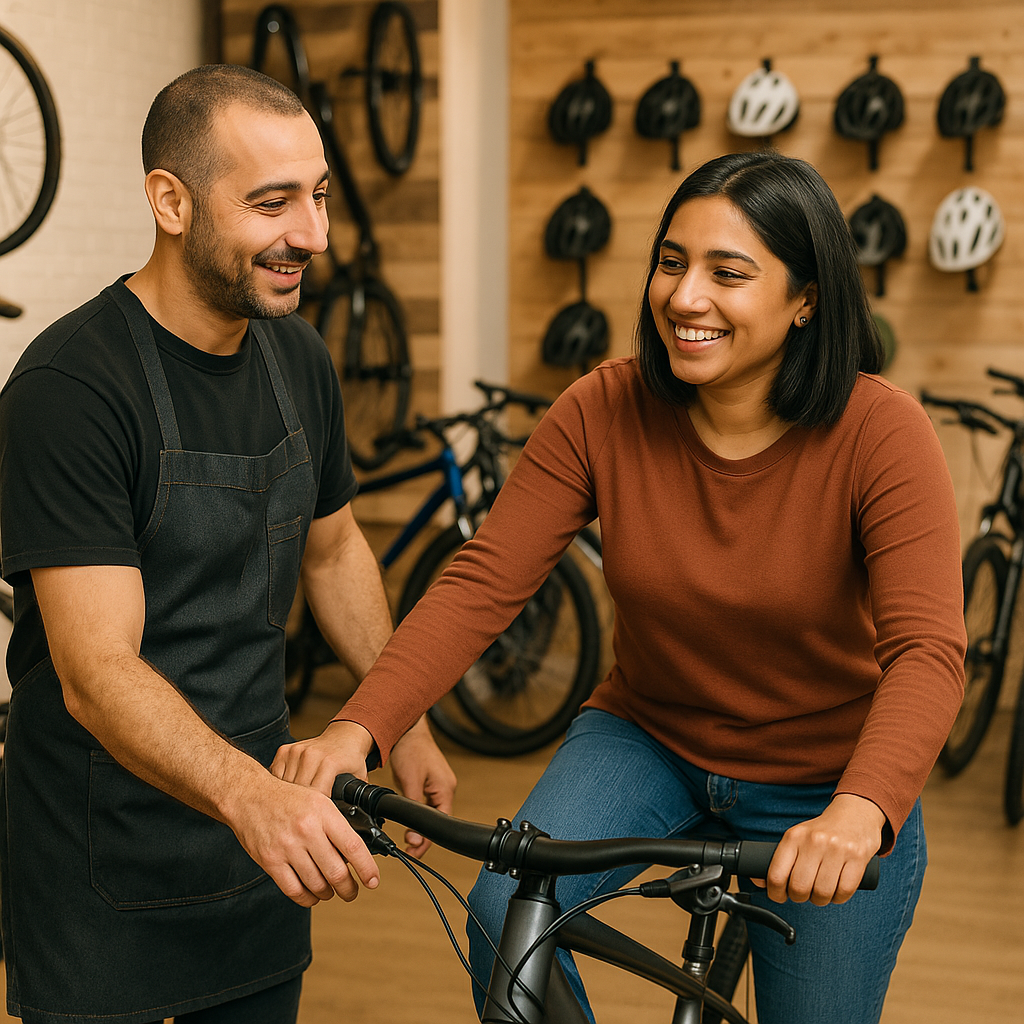
Budget-conscious shoppers can find quality entry-level models between $350-700, though reliable used options often cost less.
Essential equipment
Safety gear tops the priority list—invest in a properly fitting helmet that sits level on your head and secure with minimal movement. Visibility tools including front white light, rear red light, and reflectors are non-negotiable for riding near traffic. Weather-appropriate clothing with reflective elements enhances both comfort and safety. A quality lock prevents theft, while water bottles and small repair kits prepare you for longer journeys. Consider essential anti-theft bike locks and tracking to keep your ride safe anywhere.
Routine-building
Start with achievable distances and comfortable terrain to build confidence before tackling challenges. Three 30-minute rides weekly provides better progress than one exhausting weekend expedition. Track your activities using smartphone apps to monitor improvements and maintain motivation through measurable progress. Finding riding partners or groups adds accountability and social enjoyment, though solo journeys offer mindfulness opportunities. Schedule rides like any important appointment to establish consistency, preferably at times when traffic is lighter and temperatures more moderate.
How to progress
Increase duration before intensity—add 10-15% more distance weekly before worrying about speed. Introduce gentle hills once flat terrain becomes comfortable, focusing on steady effort rather than maintaining specific speeds. Cross-training with strength exercises, especially core work, enhances riding performance and prevents muscle imbalances. Listen to your body's feedback—some muscle fatigue indicates progress, but joint pain signals potential problems with positioning or technique that deserve attention before they become injuries.
Cycling for special populations
Seniors benefit from recumbent or step-through frame designs that reduce balance challenges and minimize strain when mounting. Those managing chronic conditions should consult healthcare providers about appropriate intensity levels, but often find riding more accessible than other exercise forms. Adaptive bicycles accommodate various disabilities, including hand-cycles for those with limited leg function. Stationary options provide controlled environments for rehabilitation purposes, allowing precise resistance adjustment as strength rebuilds after injury or illness.
Bicycle safety & how to avoid common cycling risks
While pedaling offers tremendous benefits, safety awareness ensures you'll enjoy a long, active riding life. Taking precautions significantly reduces risk while maximizing enjoyment on two wheels.
Basic road rules & safety habits
Always travel in the same direction as traffic, maintaining predictable movements that drivers can anticipate. Use hand signals before turning (left arm straight out for left turns, left arm bent upward for right turns), and establish eye contact with drivers at intersections whenever possible. Position yourself approximately one door-width away from parked cars to avoid suddenly opened doors. At intersections, following traffic signals builds credibility with motorists and prevents dangerous situations. When riding in groups, maintain single-file formation on busy roads and communicate hazards verbally to those behind you.
Protective gear
Helmet fit determines effectiveness—the front edge should sit two finger-widths above eyebrows, side straps forming a "V" under each ear, and chin strap allowing just one finger between strap and skin. Replace any helmet involved in crashes or showing visible damage regardless of age. Gloves provide grip security while protecting palms during falls, while proper eyewear shields against insects, debris, and harmful UV rays. In cold weather, layered clothing maintains core temperature while allowing ventilation during exertion. Padded shorts significantly improve comfort during longer rides by reducing friction and pressure.
Visibility
Assume drivers haven't seen you even when you're in plain sight—enhance visibility with bright, contrasting colors during daylight and reflective materials at night. Front white lights should illuminate the path ahead while making you visible to oncoming traffic, while rear red lights alert vehicles approaching from behind.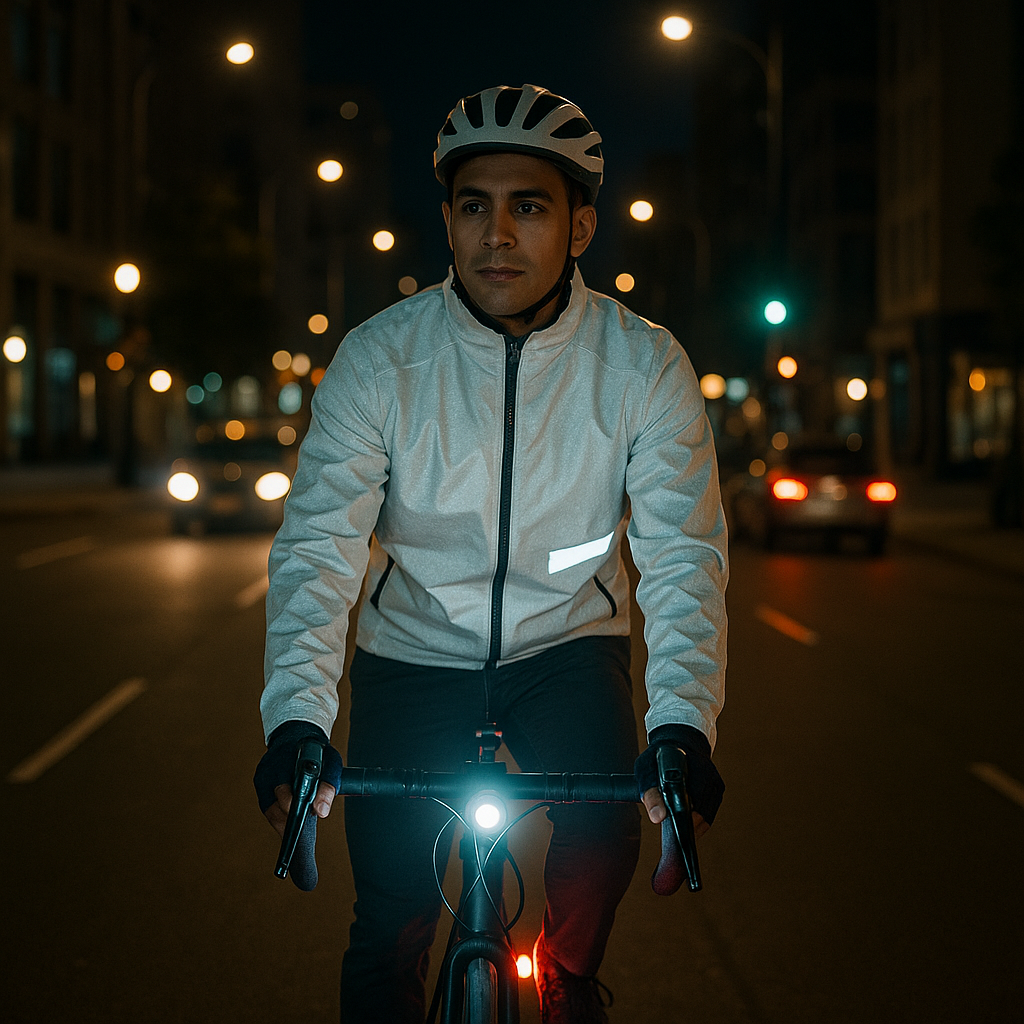
Consider additional spoke lights or reflective wheel strips for side visibility at intersections. Avoid riding at dusk—this transitional light creates particularly dangerous visibility conditions as drivers' eyes adjust between daylight and darkness.
Route planning
Research paths before riding unfamiliar areas, looking for dedicated bicycle lanes, paths, or roads with wide shoulders and lower traffic volumes. Many smartphone applications identify bicycle-friendly routes and highlight areas other riders have flagged as problematic. When possible, choose routes with physical separation between vehicles and bicycles, as protected lanes dramatically reduce collision risk. Consider timing—planning commutes to avoid peak traffic hours significantly enhances safety while often providing more pleasant experiences.
Weather prep
Rain demands reduced speed, increased stopping distance, and avoidance of painted road markings that become slippery when wet. Winter riding requires wider tires with appropriate tread for improved traction, while summer heat necessitates increased hydration and awareness of heat-related illness symptoms. Apply sunscreen to exposed skin even on cloudy days, as UV radiation penetrates cloud cover and intensifies with ride duration. Monitor forecasts before departing, particularly for thunderstorms that create both lightning dangers and sudden visibility challenges for motorists.
Responding to road hazards
Scan the road surface continuously, looking 15-20 feet ahead to identify potential problems early. For unavoidable small obstacles, slightly raise your weight off the saddle while maintaining grip on handlebars. When encountering gravel patches, avoid sudden movements or braking—instead, maintain steady pedaling and direct your focus beyond the hazard. Around parked cars, watch for occupants who might open doors suddenly, and maintain adequate space whenever possible. Investing in a hidden AirTag bike mount boosts your odds of recovering your bike after theft.
Dealing with traffic and pollution
Position yourself visibly in traffic lanes when necessary for safety, rather than hugging curbs where drivers might attempt dangerous passing maneuvers. On heavily congested routes, consider alternative paths even if slightly longer, as reduced vehicle exposure improves both safety and air quality. When riding in urban environments with poor air quality, consider adjusting ride timing to avoid rush hours when pollution peaks. Interestingly, studies suggest riders may inhale less pollution than car occupants in identical traffic, as bicycles typically move through congested areas faster than stopped vehicles with recirculating air systems.
What to do after a crash or injury
Immediately following any accident, move to safety before assessing damage or injuries. Document incidents involving vehicles by collecting driver information, vehicle details, and contact information from witnesses. Seek medical evaluation even for seemingly minor injuries, as adrenaline often masks pain during the immediate aftermath. Report incidents to local authorities, creating official records that may prove valuable for insurance purposes. Allow proper recovery time before returning to riding, gradually rebuilding distance and intensity based on medical guidance rather than arbitrary timelines.
How to make cycling a lasting habit
Creating consistency transforms occasional rides into lifestyle integration, unlocking the full spectrum of benefits that regular pedaling provides.
How to build cycling into daily routines
Replace short car trips with bicycle journeys, particularly those under three miles where riding often proves faster than driving when accounting for parking. Store equipment where it's visible and accessible, removing barriers between decision and action. Prepare clothing and necessities the night before morning rides, eliminating decision fatigue when motivation typically wavers. Consider electric-assist bicycles for longer commutes that might otherwise seem impractical, extending viable travel range while still providing exercise benefits. For parents, child seats or trailer attachments transform family obligations into riding opportunities rather than barriers.
The importance of goal setting
Establish specific, measurable objectives beyond vague intentions—target distances, frequencies, or destinations rather than simply "riding more." Calendar specific milestone events like organized rides or personal challenges that require preparation. Track progress visually using journals or apps that demonstrate improvement patterns over time. Balance ambitious targets with achievable short-term wins that build confidence and motivation through regular success experiences. Adjust goals seasonally to accommodate weather patterns and daylight availability, maintaining momentum year-round despite changing conditions.
The power of community
Local bicycle shops often organize rides suitable for various experience levels, providing structured opportunities to connect with local cycling communities. Online platforms help identify compatible riding partners based on pace, distance preferences, and scheduling availability. Volunteering with advocacy organizations simultaneously builds relationships while improving infrastructure for all riders. For beginners, beginner-specific groups eliminate intimidation factors that might otherwise prevent participation. Community involvement transforms exercise into social experience, increasing adherence through relationship accountability and shared enjoyment.
Solo vs. group
Solo journeys provide meditative opportunities and schedule flexibility, allowing personal pace without coordination challenges. Group experiences offer safety advantages through increased visibility and multiple resources during mechanical problems or emergencies. Alternating between formats prevents monotony while developing different skill sets—solo rides build self-reliance while groups enhance communication and cooperative riding techniques. During challenging motivation periods, scheduled group commitments often provide the external accountability needed to maintain consistency. Both approaches offer valid paths to riding sustainability, with many experienced riders incorporating both into their regular routines.
Using tech
GPS-enabled applications provide route suggestions based on rider preferences and current traffic conditions. Virtual challenges and achievement systems gameify progress, appealing to competitive motivations. Connected devices monitor health metrics beyond simple distance and speed, providing insights into fitness improvements over time. Navigation tools reduce anxiety about exploring unfamiliar areas, expanding potential riding environments. When selecting technology, prioritize intuitive interfaces that enhance rather than complicate the riding experience—the best tools fade into background awareness rather than demanding constant attention.
Tips for keeping it fresh
Explore different environments—urban architecture, rural landscapes, forest trails—to stimulate visual interest and technical variety. Schedule destination rides to cafes, viewpoints, or attractions that provide purpose beyond exercise alone. Create seasonal bucket lists with specific locations or experiences to anticipate throughout the year. Curate audio content specifically for different ride types—perhaps energetic playlists for fitness-focused sessions and thoughtful podcasts for recreational journeys. Occasionally join organized events offering supported experiences on routes you might not otherwise discover independently.
Pathways to progress
Structured training plans provide systematic improvement frameworks for those pursuing performance goals. Cross-training with complementary activities like strength work or yoga addresses muscular imbalances while preventing overuse problems. Periodic skill clinics teach advanced techniques like efficient climbing, descending control, or traffic navigation. Consider occasional professional fitting sessions as fitness levels change and riding styles evolve over time. For motivation boosts, register for charity events that combine riding goals with meaningful contribution, creating purpose beyond personal achievement.
Indoor vs. outdoor cycling: which is right for you?
Both environments offer distinct advantages—understanding their differences helps you choose wisely based on your circumstances and objectives.
Benefits comparison
Indoor riding provides consistent conditions regardless of weather, traffic, or daylight limitations. Temperature-controlled environments prevent extreme heat or cold exposure that might otherwise limit exercise duration or intensity. Outdoor experiences offer natural vitamin D exposure, changing scenery, and the sensory richness of nature that many find psychologically rewarding. Indoor sessions typically deliver more concentrated fitness benefits in shorter timeframes, while outdoor rides often extend longer due to enjoyment factors. Controlled indoor environments allow precise interval training and consistent resistance, while outdoor terrain naturally varies intensity through topography.
Choosing based on your goals
Weight management objectives might favor indoor sessions where intensity remains consistently high without coasting opportunities. Stress reduction and mental health benefits typically favor outdoor experiences with nature exposure and changing environments. Those with limited time often benefit from indoor efficiency, eliminating preparation and travel requirements. Social motivation determines optimal environments—some find group classes energizing while others prefer shared outdoor adventures. Consider seasonal alternation rather than exclusive commitment to either format, adapting to weather patterns while maintaining year-round consistency.
Safety considerations
Indoor environments eliminate traffic dangers, adverse weather conditions, and navigation concerns that might challenge beginners. Those recovering from injuries or balance problems often start indoors where falling risks and consequences remain minimal. Outdoor riding develops real-world handling skills necessary for transportation purposes beyond pure exercise. Riders with respiratory sensitivities might choose indoor environments during high pollution days or heavy pollen seasons. The controlled nature of indoor settings allows precise heart rate management for those with medical conditions requiring careful monitoring.
Transitioning between formats
Begin outdoor season with shorter distances than typical indoor sessions, as terrain variability increases physical demands. Adjust bicycle position measurements between formats, as optimal ergonomics differ between stationary and moving environments. Prepare for psychological adjustment—indoor intensity typically exceeds outdoor effort at perceived identical exertion levels. Gradually introduce traffic interaction starting in low-volume areas during optimal visibility conditions. Consider maintenance requirements that differ between formats—outdoor bicycles require more frequent cleaning and component inspection than stationary equipment.
Pedaling offers transformative potential for nearly everyone, regardless of age, background, or fitness level. The combination of accessibility, enjoyment, and multi-dimensional benefits creates rare opportunity for sustainable lifestyle improvement. Whether seeking transportation solutions, fitness improvements, or simple enjoyment, two wheels provide pathways to better physical health, mental wellbeing, and community connection.
Starting requires minimal investment beyond basic safety equipment, while potential returns span everything from reduced healthcare costs to environmental contribution. With proper preparation and reasonable precautions, the risks remain minimal compared to benefits gained through regular participation.
Begin where you are—whether that means short neighborhood explorations, stationary sessions at home, or commuting part-way to work. Find appropriate community support, protect your equipment investment, and focus on consistency rather than intensity when building new habits. The journey of a thousand miles indeed begins with a single pedal stroke.
Frequently Asked Questions
Is cycling good for weight loss?
Yes. Cycling burns significant calories, improves metabolism, and helps build lean muscle—supporting healthy weight loss when paired with good nutrition.
How often should I cycle each week for health benefits?
Aim for at least 150 minutes of moderate cycling or 75 minutes of vigorous riding per week, per CDC and NHS guidelines.
Can I cycle every day?
Daily cycling is safe when you listen to your body and alternate ride intensity, but allow rest days as needed to prevent overuse injuries.
What safety gear do I need for cycling?
At minimum: a properly fitting helmet, visible clothing, front/rear lights, and a solid bike lock. For added peace of mind, consider tracking devices like AirTags in hidden mounts.
How can I protect my bike from theft?
Use a high-quality lock, park in secure areas, and use anti-theft tracking devices—learn more about bike security best practices.



